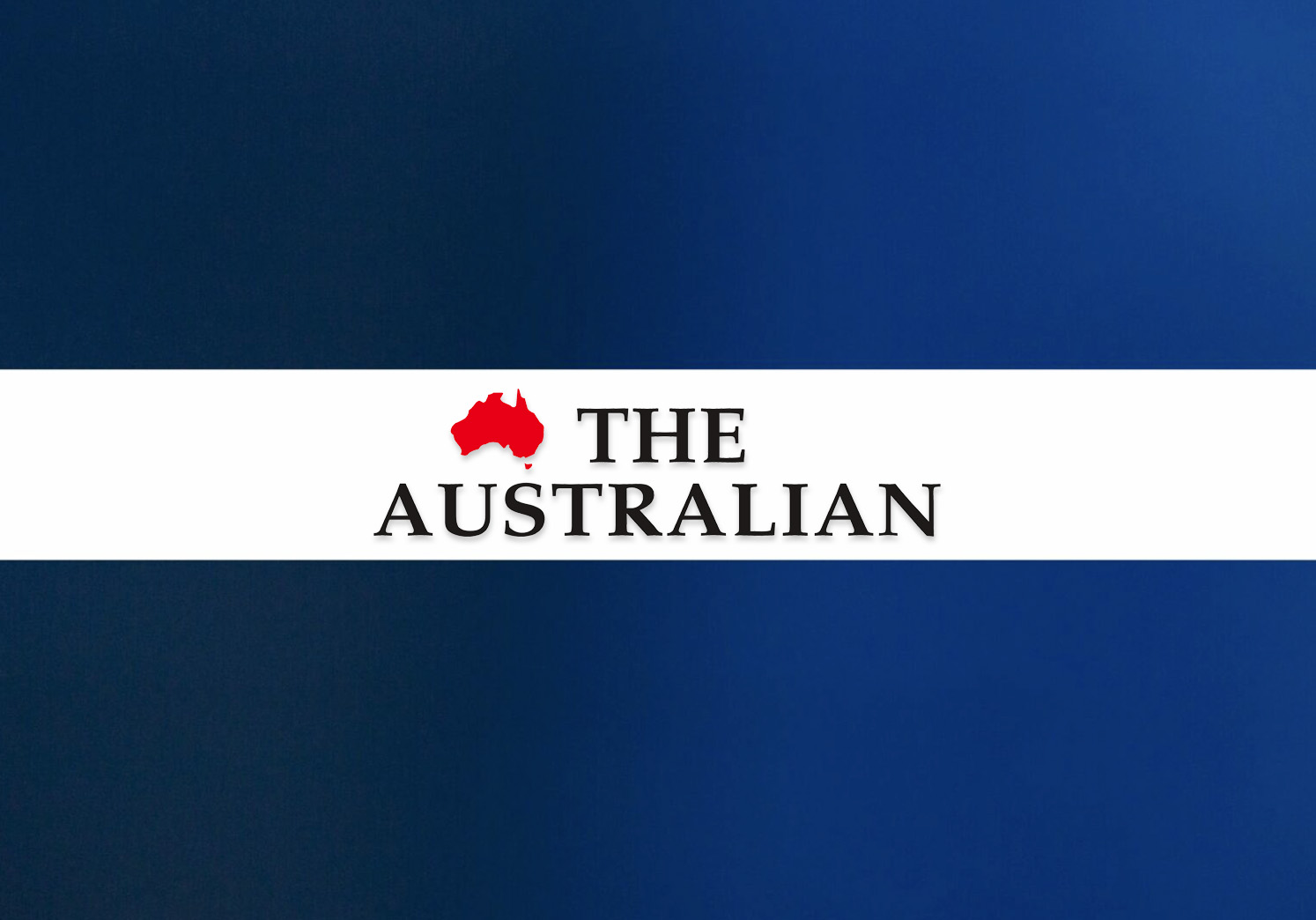
Article by Colin Packham, courtesy of The Australian.
15.10.2025
German energy giant RWE has scrapped plans to develop a major offshore wind farm in Victoria, delivering a fresh setback to the state’s already fragile energy transition.
RWE said it would cease work on its proposed 2-gigawatt Kent Offshore Wind Project off the Gippsland coast after nearly a year of feasibility studies, citing worsening market conditions and ongoing uncertainty around the state’s auction process. The project was in early stage development and had no official price tag, but based on its current development cost, the likely bill would have been $8bn-$10bn.
“After close to a year of feasibility studies, RWE has made the considered decision to cease development of the Kent offshore wind project off the Gippsland coast in Victoria,” the company said.
“This decision follows a review of the project’s competitiveness in current market conditions, as well as ongoing uncertainties around supply chain costs and the future design of the auction framework.”
The move underscores growing doubts about the future of Victoria’s offshore wind ambitions, which have been positioned as the centrepiece of its plan to replace ageing coal-fired generation.
It comes just weeks after the state Labor government delayed its first offshore wind auction until at least 2026, backtracking on repeated assurances it would proceed this year.
The auction, intended to award contracts-for-difference to developers and underpin billions of dollars of investment, has been described by industry figures as essential to giving the sector financial certainty.
In early 2024, The Australian revealed the government was considering a delay – a report Energy Minister Lily D’Ambrosio dismissed at the time, launching a public attack on this masthead.
She has since confirmed the government will indeed postpone the auction, a move that has rattled developers already facing escalating costs and tightening supply chains.
The repeated blows threaten to erode confidence in Victoria’s ability to decarbonise Australia’s most fossil fuel-dependent state, with brown coal still supplying around 60 per cent of its electricity.
Offshore wind energy was meant to be the cornerstone of plans to retire coal plants while avoiding supply shortages and price shocks.
Victoria set a target of two gigawatts of offshore wind capacity by 2032 and nine gigawatts by 2040. The announcement in 2022 triggered a rush of global developers into the state, with the federal government granting 12 feasibility licences a year ago to consortia backed by major players including Macquarie, Iberdrola, and Japanese conglomerates.
But enthusiasm has since cooled. Spanish developer BlueFloat Energy withdrew from the Gippsland zone in July, while Origin Energy has slowed progress on its own project.
Industry sources say other developers are now weighing whether to surrender their licences despite a federal move to waive annual fees – worth about $1m a year – in an attempt to keep projects alive.
Origin Energy chief executive Frank Calabria on Wednesday offered no assurances it could continue with the project when it comes to renewing its feasibility licences, comments that will ring alarm in Victoria.
“We have kept the project alive,” Mr Calabria said. “We have preserved that option at this point in time, but it is fair to say that there is a lot to play out to see offshore wind developed more broadly in Australia.”
The Australian understands other developers are also unsure about their intentions to do with their feasibility licences. There are already widespread concerns about Victoria’s credibility as an investment destination for large-scale renewables. Some industry figures said the government could attempt to rebuild momentum by merging its first two planned auctions, initially structured as a 2GW tender followed by a 4GW tender, into a single, larger 4GW round.
The RWE decision underlines the growing challenge of translating political ambition into viable projects amid global cost pressures and policy uncertainty, and raises the prospect that Victoria’s flagship clean energy program could fall further behind schedule.



